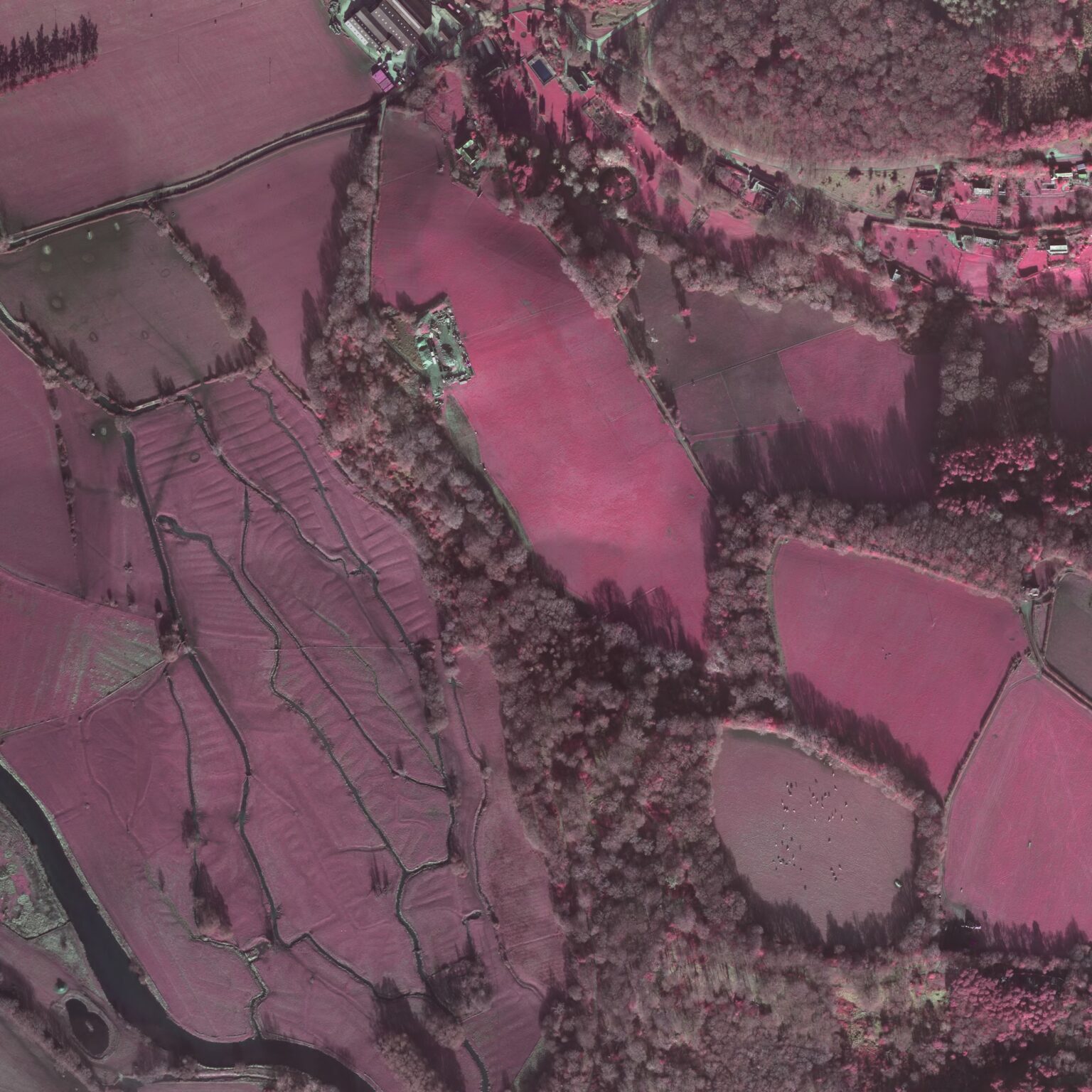Deciding how to archive
In many cases, as outlined above, archiving digital images requires either saving directly, or converting to, a stable preservation format (preferred formats are described in the table below). Where composite images have been created in a graphics editing package (e.g. Photoshop or Photo-Paint) then, in addition to saving the final version of the file as a ‘merged’ or ‘flattened’ composite, there may be value in saving the individual components as separate archival files. Such a strategy can also be applied to simple animated image files such as GIFs where each frame would be exported to a separate file in a preservation format.
Significant properties
The significant properties of raster images are discussed in detail in the InSPECT Significant Properties Testing Report on Raster Images (Montague 2009) but are outlined here below (and described in more detail in the previous section).
- Image size and resolution – conversions should ensure that the original resolution and image size remains the same in the preservation file format. In addition it is important that, when converting files to a new format, lossy compression is not applied to the image.
- Bit depth and colour space – converted files should ensure that the bit depth and colour space of the original image are supported in preservation formats and that images are not degraded when converted.
Although these properties are components of all image formats it is important to ensure that these properties remain the same/retain the same values when converting files to archival formats.
In addition, embedded metadata such as EXIF and IPTC can also be seen in certain cases as a significant property of an image and, where relevant, should be preserved with the file or exported to a separate plain or delimited text or XML file to be stored alongside the image. Although it is possible to preserve JPEG EXIF within the TIFF tag structure it is better held in a separate file, avoiding the risk of loss or corruption during later migration and making the metadata more easily accessible. Extraction of EXIF fields is relatively straight forward, with a number of free tools available.
File formats
The formats described in the table below are recommended for the long-term preservation of digital raster images:
| Preservation Format | Requirements |
|---|---|
| .tif / .tiff | TIFF 6.0 remains widely accepted as a preservation format for digital raster images and includes support for EXIF metadata. Extensions of the format, such as TIFF/EP and GeoTIFF and equally valid preservation formats. |
| .dng | As an open extension of the TIFF/EP standard with support for EXIF, IPTC and XMP metadata, the Adobe DNG format is rapidly becoming accepted as a standards for storing raw image data (primarily from digital photography). |
Alternative files, mainly those using compression to reduce archive sizes, have been suggested and investigated recently (see Gillesse et al. 2008). There may be scope to use files such as PNG and JPEG2000 as archival formats but, as these employ compression, they are not recommended within these Guides.



